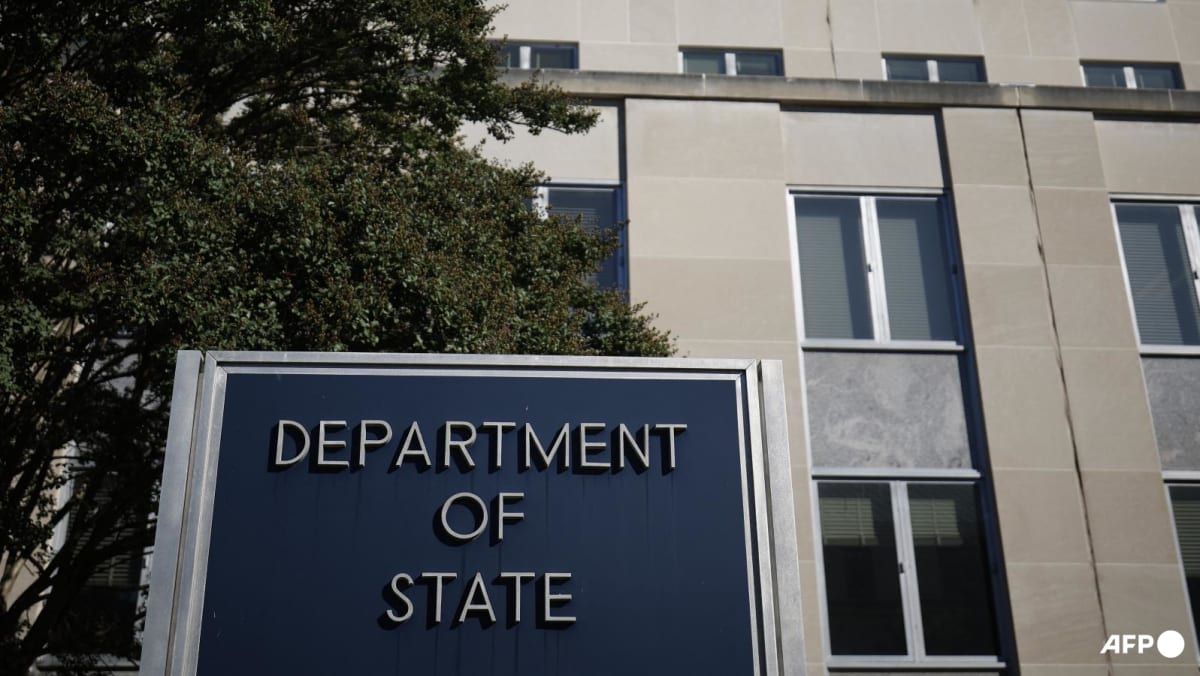Such simulations are becoming increasingly important to researchers as climate change intensifies weather patterns.
Assistant Professor of computational mathematics and engineering Gianmarco Mengaldo from the National University of Singapore warned that changes in the tropical Indo Pacific atmosphere are aggravating heatwaves and triggering extreme rainfall.
Such weather changes could cause more frequent floods and landslides that can damage agriculture and infrastructure.
“(Some) of these extreme events are taking place in regions that were not used to extreme events in the first place. (They) are particularly vulnerable… because they don’t have the tools to address or face these disasters,” he said.
Additionally, rising sea levels heighten risks of tsunamis and their impact on coastal communities.
Prof Switzer’s team ran an assessment with a 50cm rise in sea levels – about half of the increment expected in the next century – and found that even an earthquake of a much lower magnitude could increase risks of a tsunami that would impact trade and other economic activities.
New technologies that are being developed include tsunami buoys capable of detecting changes in water depth far out at sea and relaying data to control centres in under a minute.
DISASTER PREPAREDNESS
Still, Prof Switzer said that while technology can predict natural hazards to an extent, there are limits, especially when it comes to disasters that occur too fast and too suddenly.
He pointed to Indonesia’s Palu in 2018, when a large, shallow earthquake triggered a tsunami that hit within minutes and killed more than 4,000 people.
Hence, education on basic disaster preparedness is crucial, he said.
“If you’re on the coast and you feel a notable shaking – an earthquake – as soon as you are safe, you should move to higher ground and not wait for a tsunami warning (because it might) not come in time,” he said.
Experts emphasised that challenges lie ahead. These include making life-saving tools accessible to the communities that need them most, ensuring the public is educated on disaster preparedness, and collaboration among response teams.
“We are fundamentally better at understanding coastal hazards (today) than we were 20 years ago in 2004 … but there’s still a lot of work to do,” Prof Switzer said.
“We have to collect data sets, improve the models, and make sure the message gets to the public and policymakers in an understandable manner, so that there’s real action on the ground.”













